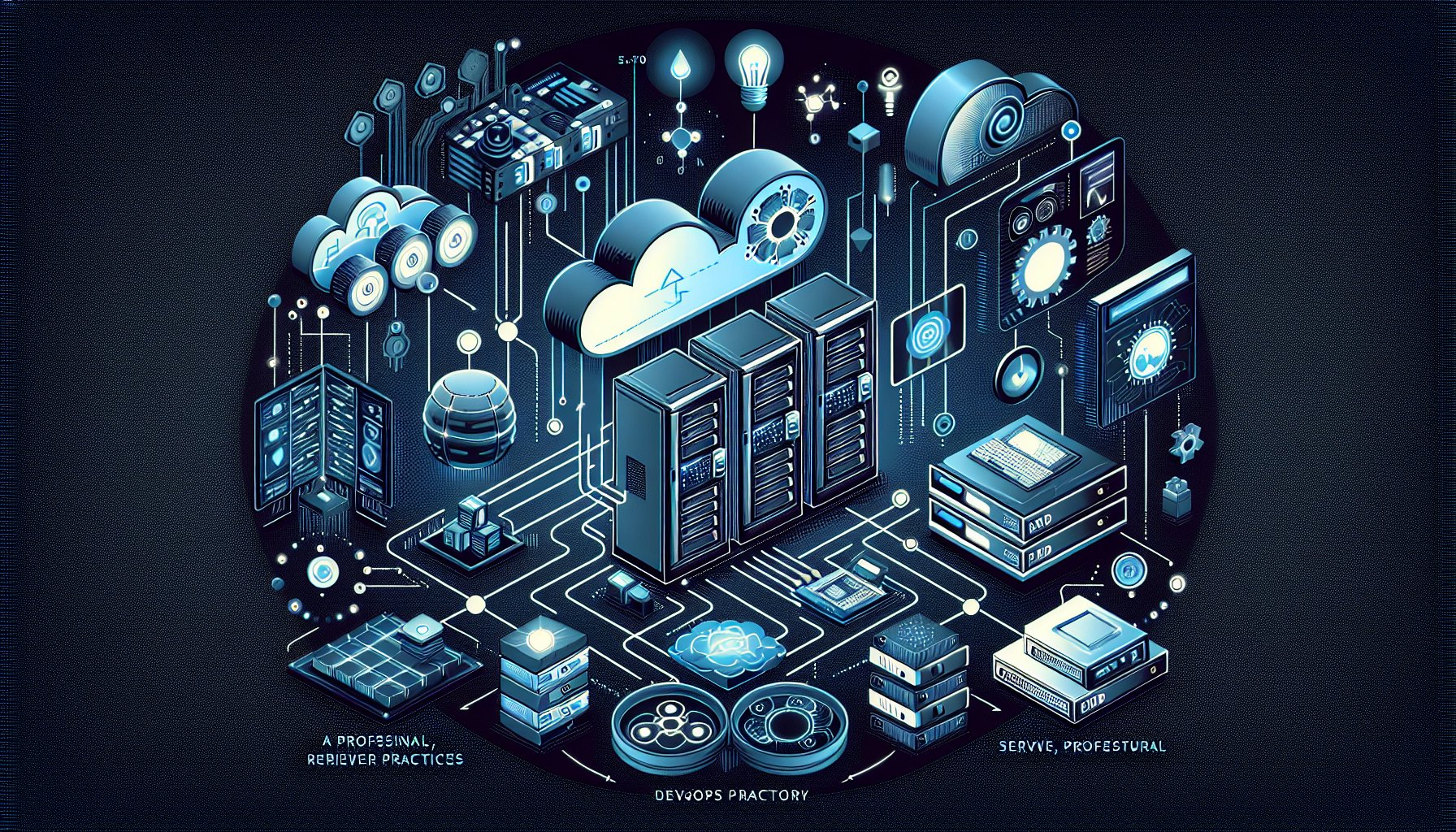In this fast-paced, digitally-driven era, organizations need to stay ahead of the curve with innovative DevOps practices. DevOps, a methodology that bridges the gap between development and operations, is evolving at an unprecedented pace, making a profound impact on the IT landscape. This post explores the cutting-edge DevOps practices that are shaping the future of IT development.
Continuous Integration and Continuous Deployment (CI/CD)
CI/CD has become the backbone of modern DevOps practices. Continuous Integration involves merging all developers’ working copies to a shared repository several times a day. Continuous Deployment automates the entire software release process. However, the real game-changer in 2025 is the application of machine learning algorithms to predict potential issues, enhance code quality, and expedite product releases.
CI/CD Code Example
pipeline {
agent any
stages {
stage('Build') {
steps {
echo 'Building..'
}
}
stage('Test') {
steps {
echo 'Testing..'
}
}
stage('Deploy') {
steps {
echo 'Deploying....'
}
}
}
}
Microservices
Microservices have revolutionized the way applications are built and deployed. By breaking down an application into small, loosely coupled services, microservices enable continuous delivery and deployment of large, complex applications. Furthermore, contemporary DevOps teams are leveraging service meshes to manage and control microservices at scale.
Infrastructure as Code (IaC)
IaC is a crucial DevOps practice that involves managing and provisioning computing infrastructure through machine-readable scripts, rather than physical hardware configuration or interactive configuration tools. With the advent of cloud computing, IaC has become even more essential for creating scalable and reliable systems.
IaC Code Example
provider "aws" {
region = "us-west-2"
}
resource "aws_instance" "example" {
ami = "ami-0c55b159cbfafe1f0"
instance_type = "t2.micro"
tags = {
Name = "example-instance"
}
}
Automation
Automation in DevOps not only reduces the risk of human errors but also expedites the development process. By automating repetitive tasks, DevOps teams can focus more on creating innovative solutions. Tools like Puppet, Chef, and Ansible are increasingly being used for configuration management and application deployment.
Conclusion: Embracing the Future
The future of DevOps promises a world of seamless integration, continuous delivery, and automated processes. By embracing these advanced DevOps practices, organizations can ensure robust, efficient, and future-proof IT operations. Stay ahead of the curve by incorporating these practices into your IT development strategy.
